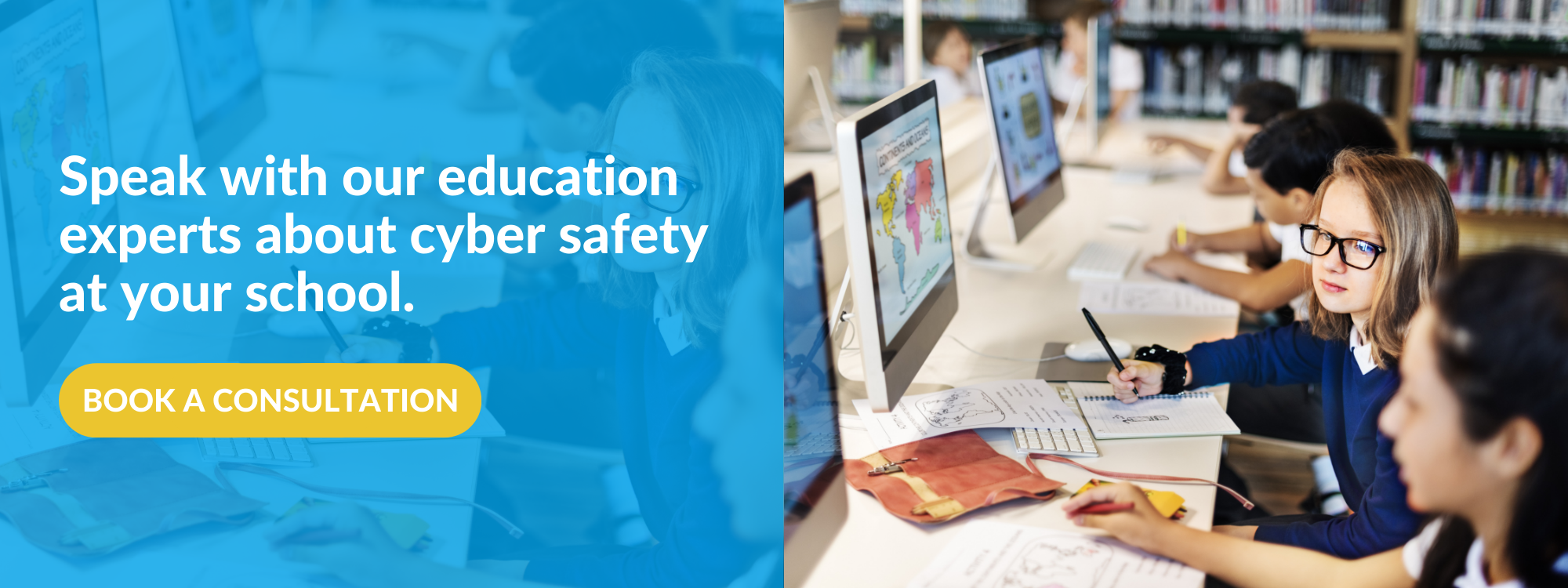How Schools Can Support Parents During Remote Learning
April 16, 2020

We have seen the amazing job schools have been doing pulling together and executing their remote learning plans. Teachers had an enormous challenge in modifying teaching methods to fit the online delivery of lessons. And students also needed to adapt significantly to their new learning environment and the changes to the usual structures of education. However, there is another important piece in this remote learning jigsaw puzzle that needs support - parents.
Keeping focussed on learning, not on Fortnite
With children at home for schooling, parents will find themselves having to play a much more active role in their education. Never before has the burden of responsibility between schools and parents been shared in this way. Already we’ve been hearing from exasperated parents, often juggling working from home with supervising their children, about the difficulties of keeping children focussed at home. There has been plenty of recent press covering this issue, not to mention humorous videos too. The big problem is that while students are at home they have unfettered access to digital distractions, literally at their fingertips the entire day. Parents are tasked with ensuring children willingly educate themselves using the same device they use for gaming, social media, watching Netflix and much, much more. Not surprisingly, this is proving to be a huge challenge for parents.
No matter how good your remote learning plan, and no matter how well prepared for online learning your teachers are - if students aren’t focussed on learning, there is no learning. Like teachers and students, parents need to be supported in the part they play in keeping students focussed on learning while at home. Any steps schools can take to help keep their students focussed during the school day - such as removing access to digital distractions - will be a huge relief for parents.
Keeping some of the structures
Schools provide much more than just a physical location for study. They provide a structured environment created and optimised to be conducive to learning. School uniforms, timetables, curriculum, a teacher at the front of the room and a filtered and monitored school wifi network all help ensure students are focused on their education. With students forced towards home learning environments, they lose these structures that support them.
Adaptations to pedagogy can help overcome some of the physical environment changes and we are aware of the hard work schools have been putting into developing these new teaching methods. Clearly defined routines and timetables will help students, as will creating a suitable working space within the home.
In regards to the focus provided by the school network, there are technologies available to deliver school internet policies to students working from home during the school day. The advantages of employing these technologies are threefold;
- Better learning outcomes - Students are focussed on learning during school time by eliminating digital distractions.
- Safer learning environments - Students have better protection from the threat of online harm, which is of greater danger during remote learning due to their increased amount of unsupervised and unfiltered screen time.
- Duty of care provided - Schools are able to uphold duty of care on school-owned devices or school administered accounts (such as Google accounts).
Ensuring devices are focused on learning will not only deliver the above outcomes but also take pressure off parents - providing some much needed support during remote learning.
Keeping safe
 While helping prevent digital distraction is critical to the success of remote learning programs, distraction is the lesser of two evils that have arisen through the move to remote learning. The other being what New South Wales Minister for Police and Emergency Services, David Elliott recently described as a “silent enemy amongst us” - online harm.
While helping prevent digital distraction is critical to the success of remote learning programs, distraction is the lesser of two evils that have arisen through the move to remote learning. The other being what New South Wales Minister for Police and Emergency Services, David Elliott recently described as a “silent enemy amongst us” - online harm.
Mr Elliott brought this issue to light in a press conference with the NSW Police Force during the height of the pandemic. He mentioned those who want to harm children will take advantage of the fact that our youth are spending more time online and unsupervised. He further states,
“We need to continue being vigilant when it comes to those that want to hurt our children... Just because they are in your home, doesn’t mean that they are not exposed to danger.”
By providing parents with access to free filtering tools for their children’s devices, schools can help address one of the greatest concerns parents have - their child’s safety.
Recent world events mean we are all facing new and rapidly changing challenges. Never before have schools and parents had to work so closely together and in support of one another for the betterment of children’s education. Filtering technology is one way schools can help support parents and ensure students are safe and focused during remote learning.
Topics: Cyber Safety, 1:1, parenting, coronavirus, remote learning, equitable learning, BYOD, online learning
Would you like some more information? Or a demo?
Get in touchSubscribe to our newsletter
Popular posts
Recent posts
What Student Digital Risks Can Your School Expect in 2024?
Helping Australian Schools Better Safeguard Students This Academic Year
Navigating harmful content online: A guide to managing children’s exposure to distressing content online
In light of current international events, young people may come into contact with distressing online content. This article has been written ...
Safer Internet Day 2023 - Easy ways schools can get involved
Tuesday, 7th February 2023, is Safer Internet Day, an excellent opportunity for your school to educate, inspire and empower your students ...
